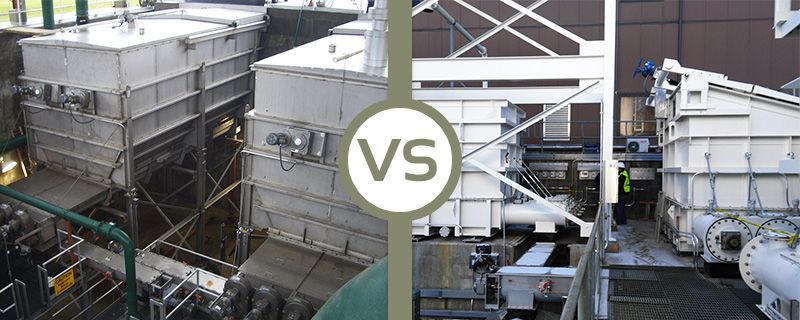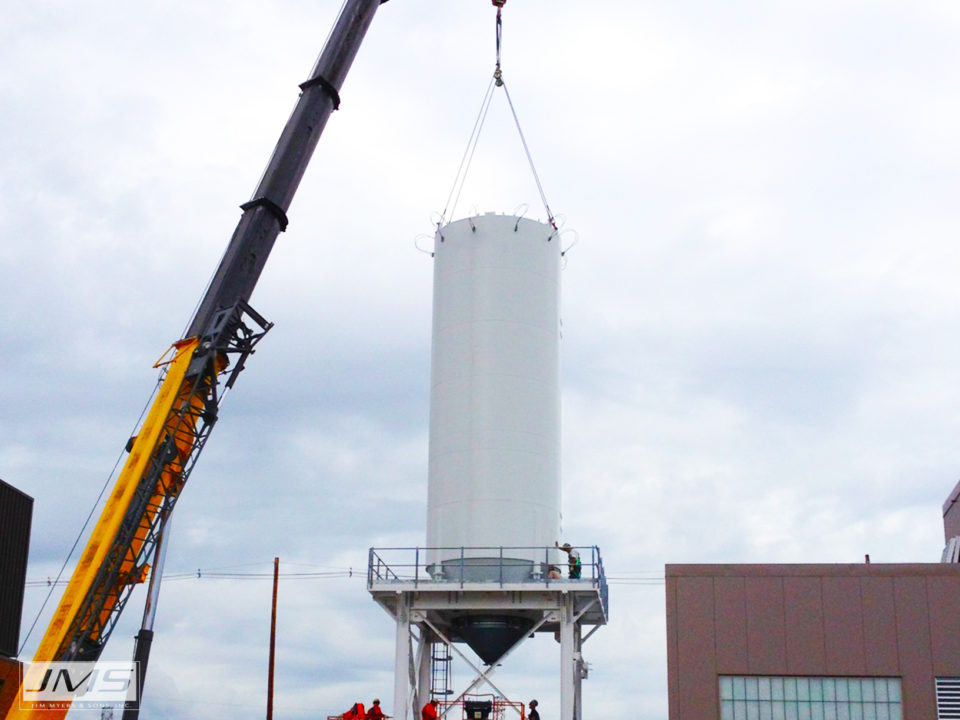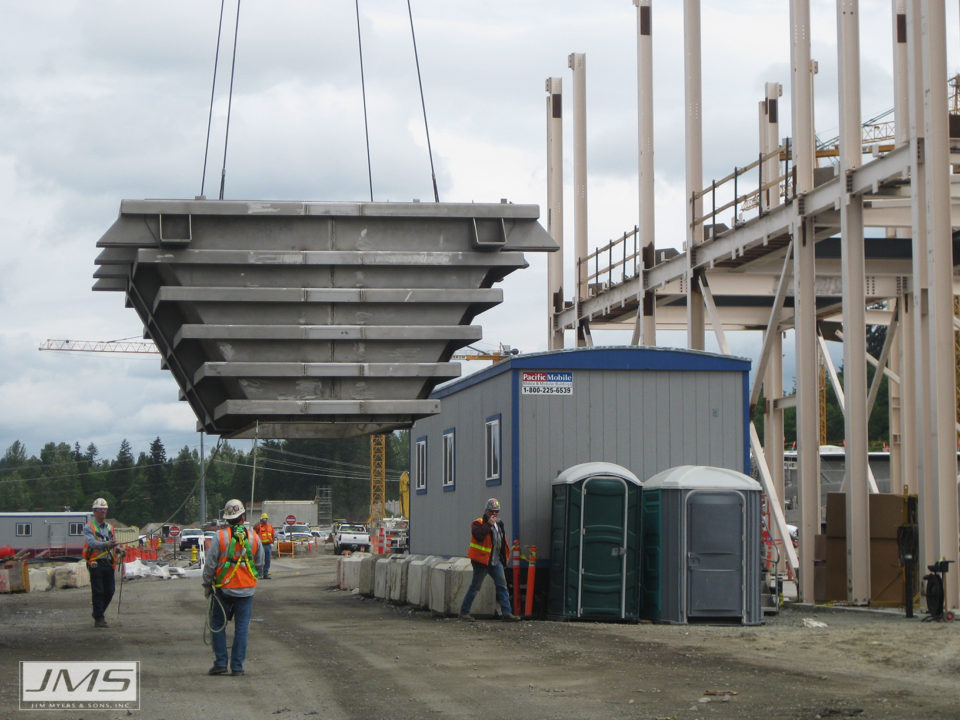Misconception and budget pressure quite often influences specified materials of construction for various wastewater treatment plant equipment. The goal of the entire Project Team is to deliver the Owner a quality design, then quality equipment, provided within budget, delivered compliant to the project schedule, that commissions successfully, requires an expected level of maintenance and operates as intended. These requirements can be achieved while utilizing either Stainless Steel construction or painted Carbon Steel construction. One remaining question should be asked to truly provide the Owner a quality project. What are the Life Cycle Costs?
Life Cycle Costs for Biosolids Storage
The question of Life Cycle Costs can and should be asked on almost every piece of equipment. Biosolids Handling equipment specifically, can see a corrosive environment, an abrasive environment and both can create initial and life cycle cost considerations. Operating costs and efficiencies, scheduled and periodic maintenance costs along with projected life should all be considered when specifying equipment materials of construction.
Biosolids storage and disposal regulations are increasing which places additional focus on the need for Biosolids Storage and Truck Loadout Systems. Selection and design of these systems should include required storage capacity, inlet feed rate, discharge feed rate and various process automation features to align with the Plant’s control scheme and desired level of automatic control and monitoring. Additionally, selecting effective materials of construction for the non-mechanized Biosolids Storage Hopper and Hopper Live-Bottom Feeder can greatly influence equipment and system life cycle costs.
Materials of Construction Considerations for Biosolids Storage
Corrosion should be considered over abrasion for the storage of biosolids. Abrasion should be considered over corrosion for the conveyance of biosolids. The 300 Series of stainless steel, 304(L) and 316(L), are generally selected as materials for construction due to their good corrosion resistance and moderate abrasion resistance. Both are effective materials for the static hopper construction and live-bottom feeder shell construction.
Live bottom screws are subject to far more abrasion and construction materials should be selected accordingly. Carbon steel, and specifically abrasion resistant (AR) carbon steel is the better construction material selection. The high carbon content AR steel performs well in the live bottom feeder screw application at a lower cost than 300 Series stainless steel.
Pros to using Stainless Steel Construction in Biosolids Handling Equipment
- Higher corrosion resistance
- Moderate abrasion resistance
- Overall lower life cycle cost
- Eliminates field painting requirements
Cons to using Stainless Steel Construction in Biosolids Handling Equipment
- Higher initial capital cost
The larger capital cost component of a Biosolids Storage and Truck Loadout System is the storage hopper. When specifying hopper construction materials, the fact that stainless steel raw materials average about 3X higher the cost of carbon steel is a main decision driver. Additional points necessary to consider are as follows:
- What is the added cost to blast, prime, and finish paint carbon steel?
- What is the added cost to field finish or touchup paint carbon steel?
- What is the future cost to blast and repaint the hopper whether once or twice during the effective equipment life?
These additional costs must be considered when evaluating and specifying a Biosolids Storage and Truck Loadout System.
Pros to using Painted Carbon Steel Construction in Biosolids Storage
- Lower initial capital cost
- Higher material strength properties
Cons to using Painted Carbon Steel Construction in Biosolids Storage
- Requires contractor on site material prep and painting
- Higher life cycle cost
Life Cycle Costs are important to Owners and should be considered on all equipment. JMS can assist not only with Biosolids system layout, sizing, operation / automation, but also with material selections that provide Owners the system quality they want along with the Life Cycle costs they deserve.
Dave Myers is the Owner and President of Jim Myers & Sons. Dave received his formal education at UNCC with a degree in Business Administration. He joined the family business in 1980 and was responsible for manufacturing and field service activities, and in 1992 he transitioned to managing JMS engineering and projects. Dave became the President of JMS in 2005 with responsibilities of overseeing all departments. He is a current and active member of WEF, AWWA, WWEMA (Water and Wastewater Equipment Manufacturers Association), and CEMA (Conveyor Equipment Manufacturers Association). During his tenure, Jim Myers & Sons has grown to be a nationally recognized designer and manufacturer of Municipal Water and Wastewater Treatment Equipment.



